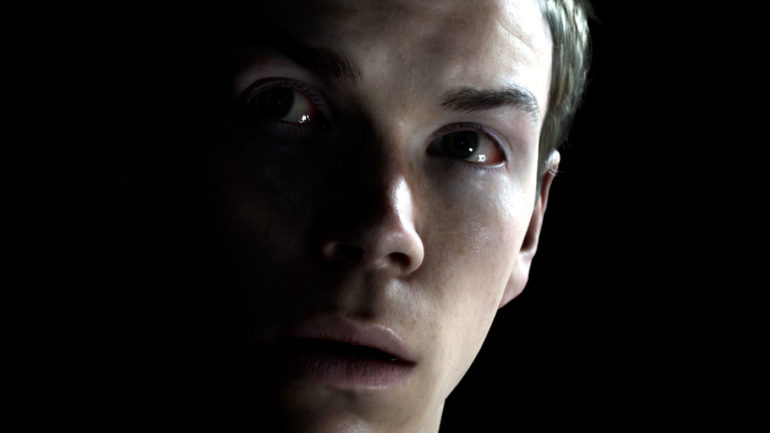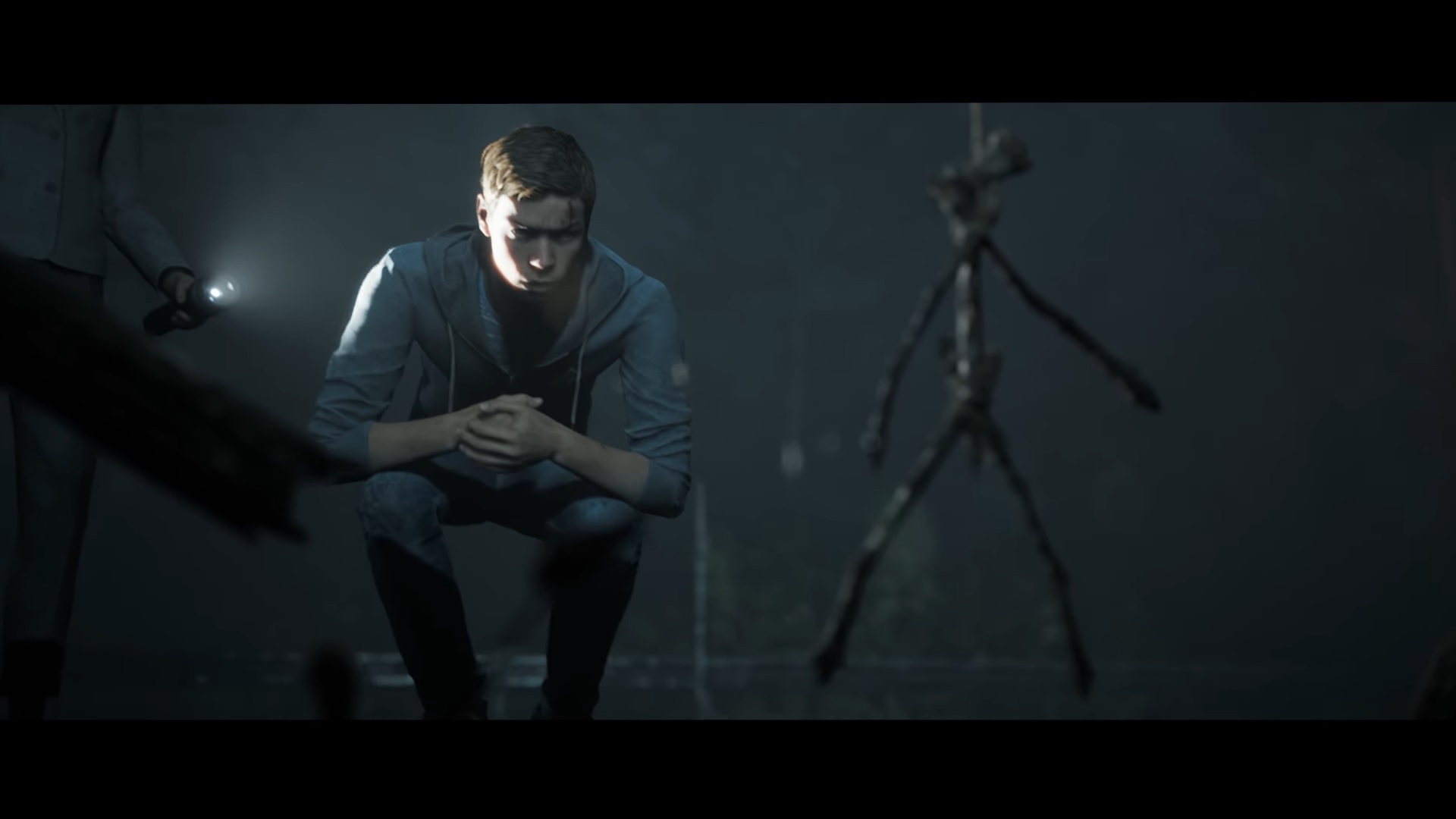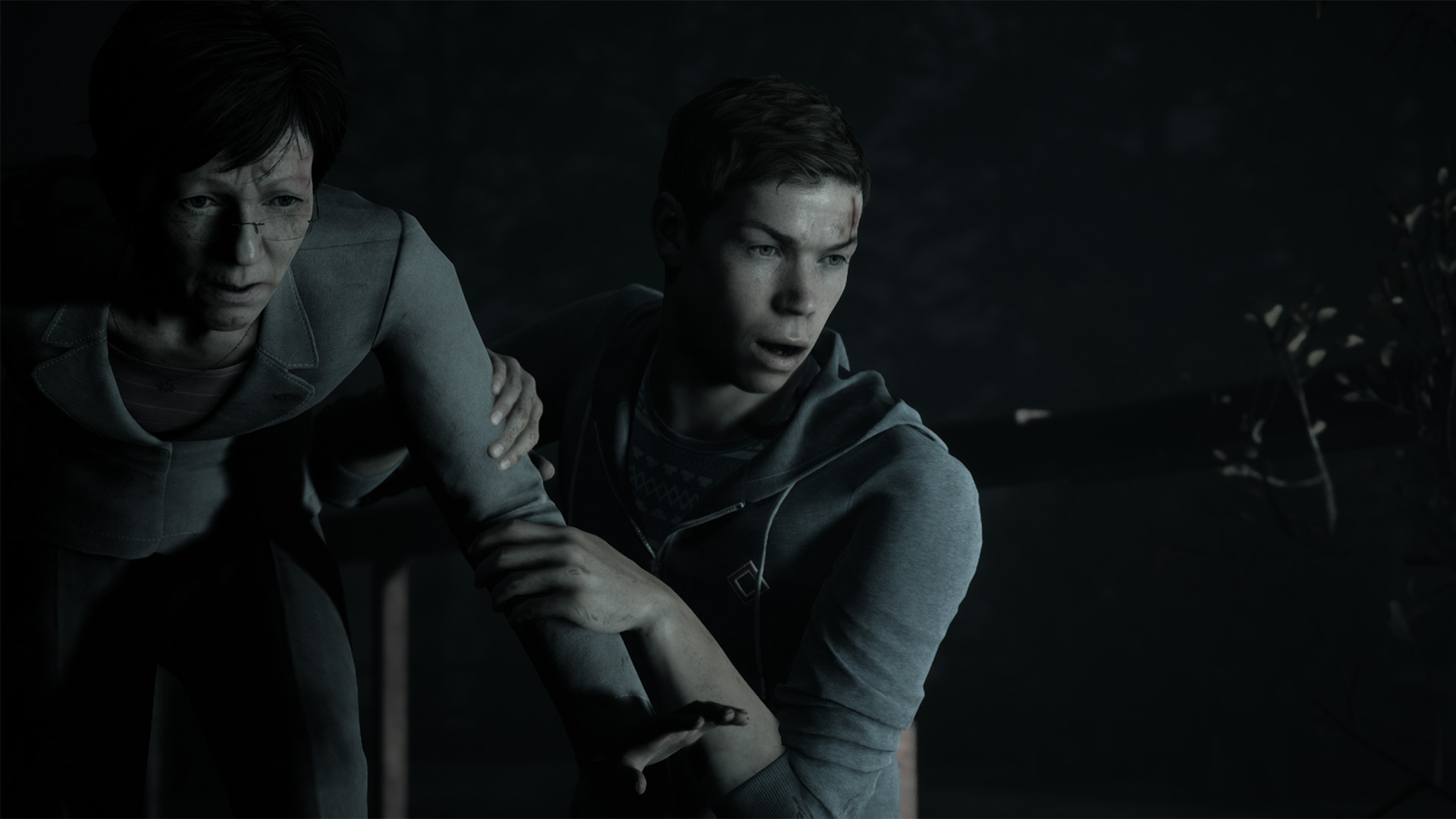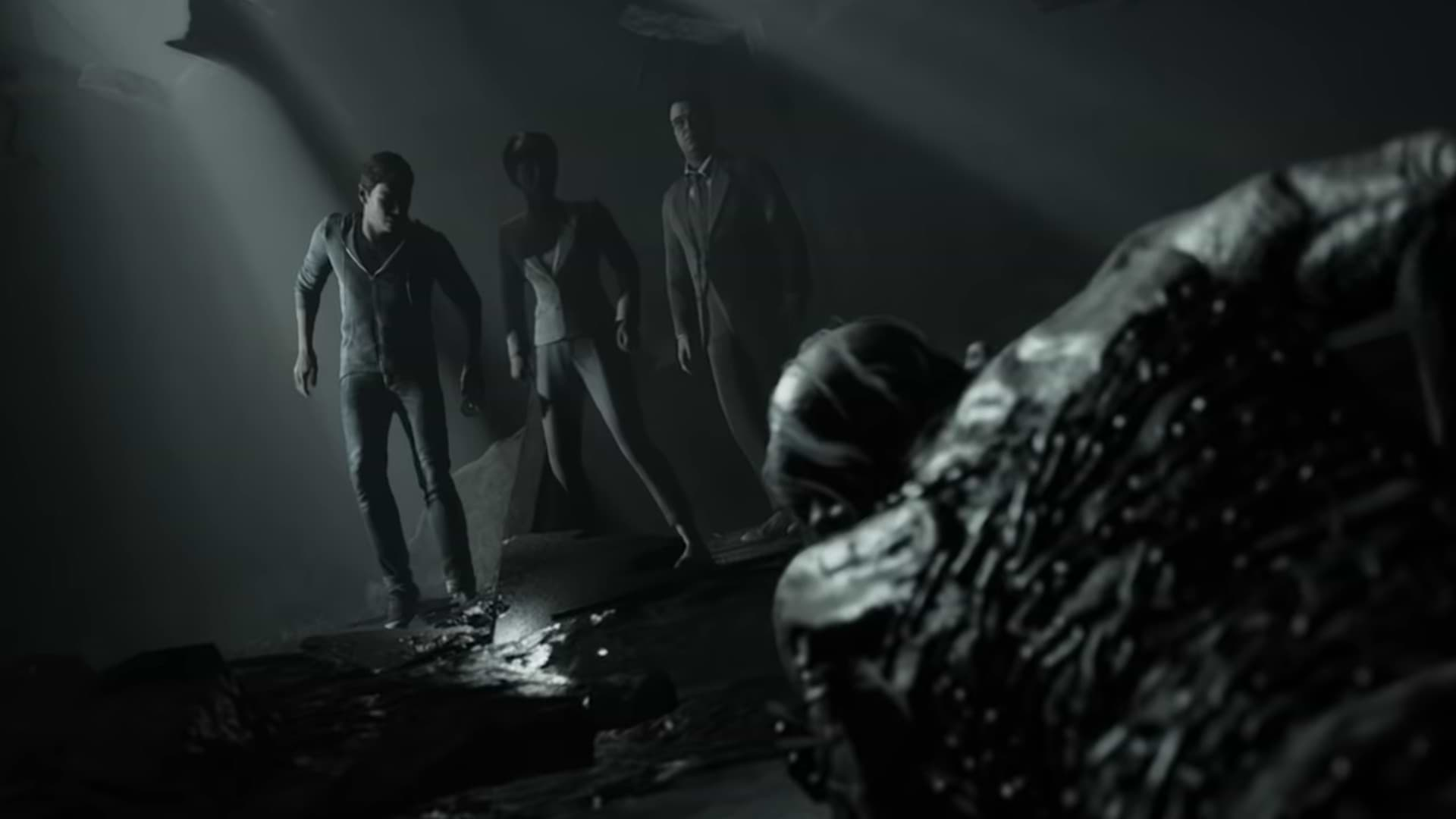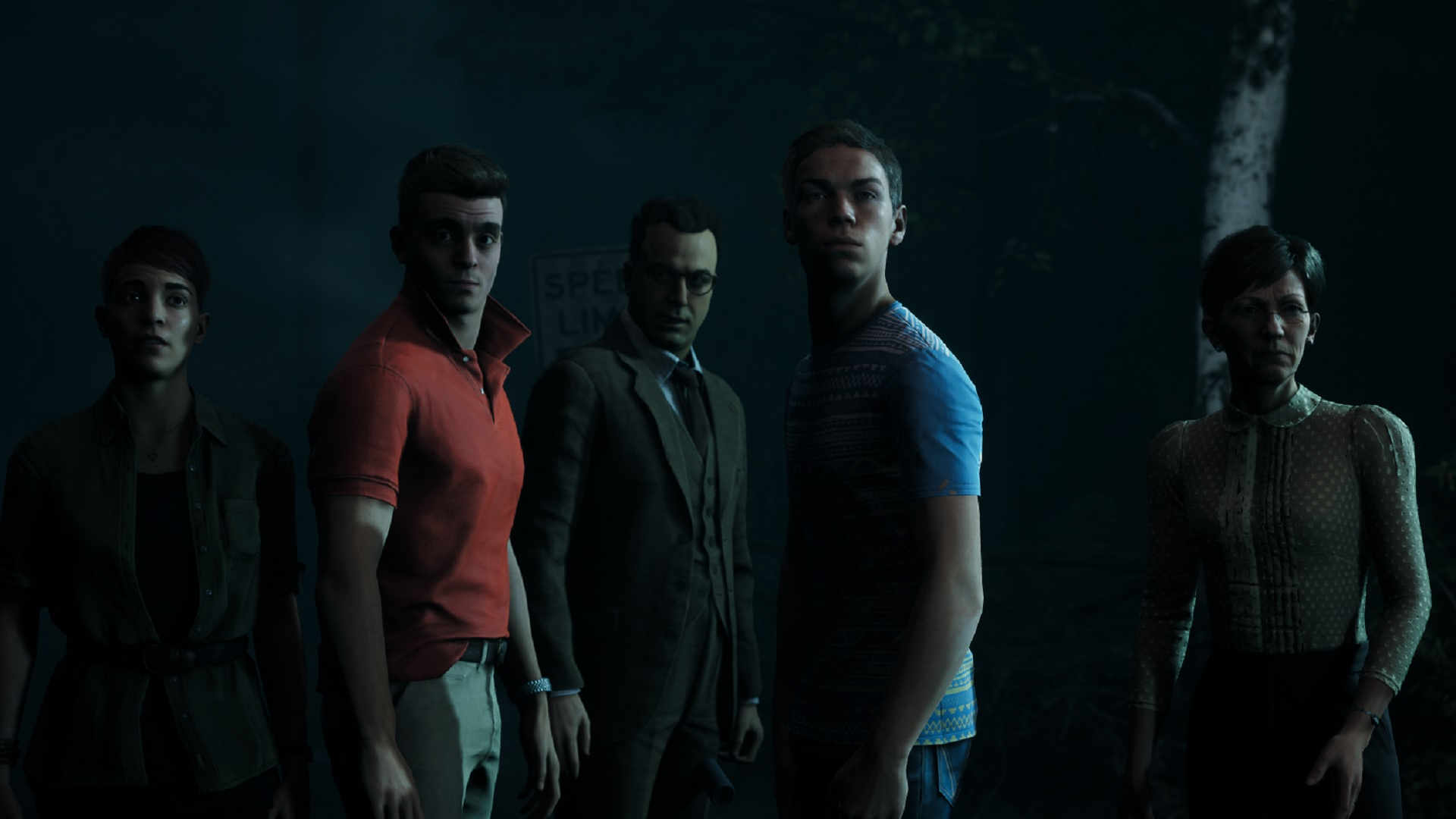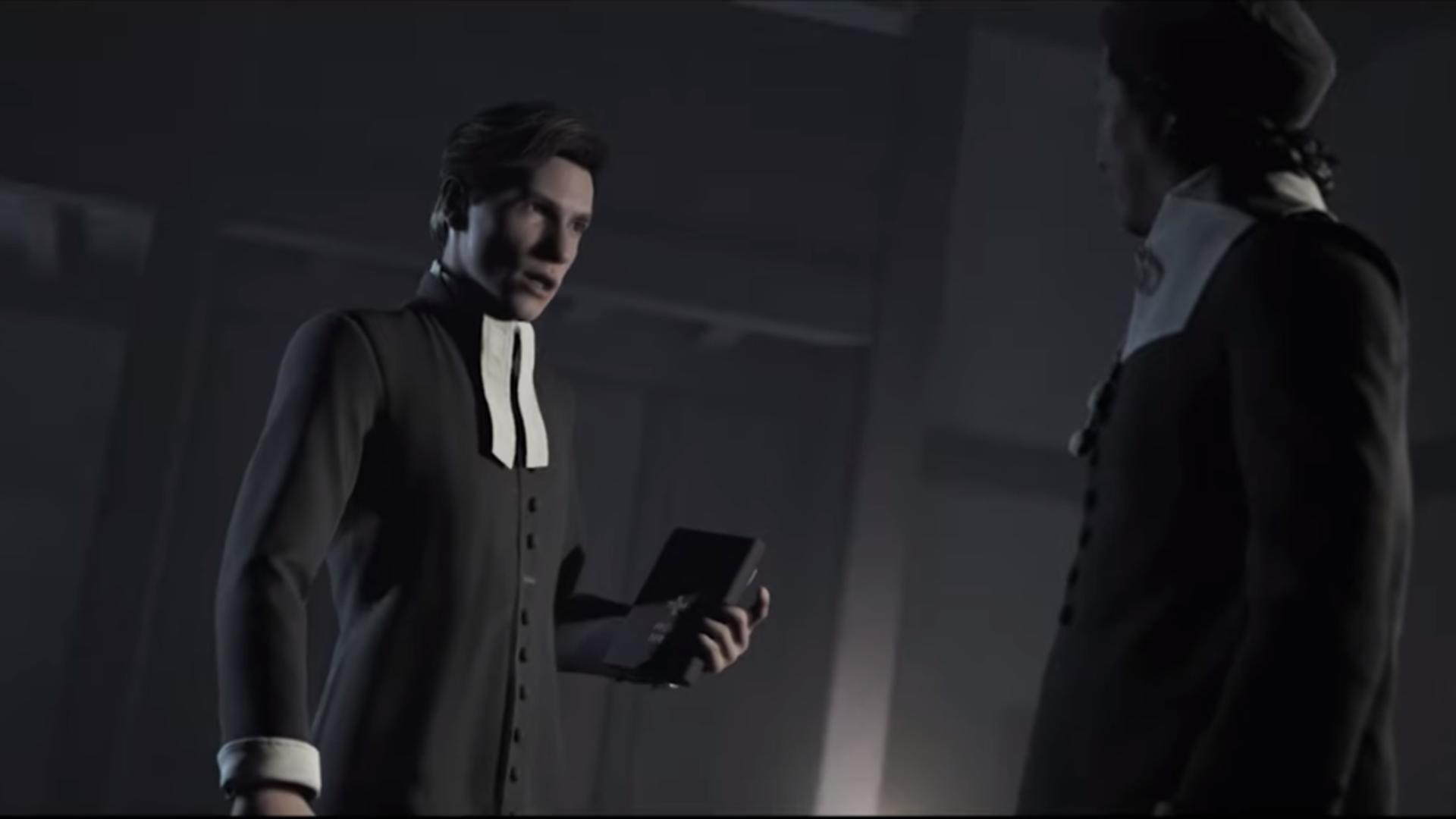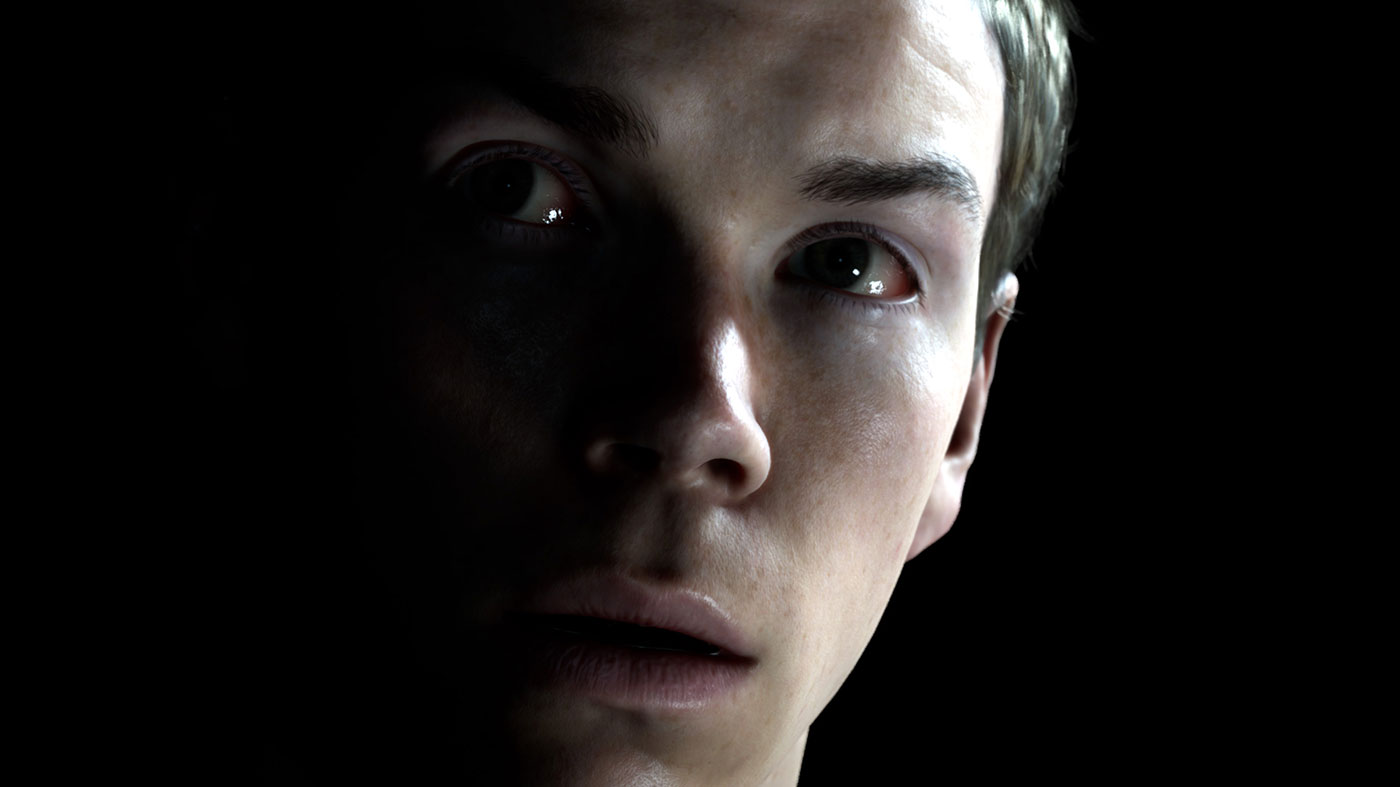The Dark Pictures is a concept I’m totally on board with. Shorter games are released in quicker bursts of time that tap into some of the horror tropes we’ve come to know and love. It’s very similar to American Horror Story really, except there’s obviously a lot more to consider when making a game versus making a television show. I had my concerns about whether Little Hope, the second volume of The Dark Pictures, would be up to par given how quickly it’s been put together. Thankfully, it’s mostly better than Man of Medan, but not without some caveats.
Little Hope follows four college students who are on a field trip with their professor late at night. Due to traffic works, the bus is detoured and must travel through the small town of Little Hope. Located in New England, Little Hope is a town infamous for witch-hunting trials in the early sixteenth century. Suddenly, the bus crashes, leaving the group stranded in Little Hope with no way of escaping. It’s there that, through a flashback, they witness the execution of a group of settlers who look just like them. Naturally, the group just wants to escape and discover their connection to Little Hope and why these people look just like them.
Tonally, Little Hope continues the pattern we saw in Man of Medan, opting for a more psychological and suspenseful thriller than the campier and over the top Until Dawn. The story is serviceable, drawing liberal inspiration from gritty horror media about witches, including both The Witch and The Blair Witch Project. The result is something a little bit predictable. However, there’s no subverting of your expectations in the same vein as Man of Medan did with Manchurian Gold.
One of the things most of these games struggle with is creating a cast of characters that are all likeable. Little Hope does a surprisingly good job of making you actually want to save each of the characters. It’s a bit of a triumph, given the cast is entirely comprised of college students, a mature age student, and a professor, but it gives more weight and pressure to every sequence in which they find themselves in danger.
Returning from Man of Medan is the suite of multiplayer options, Shared Story and Movie Night. Shared Story allows you to jump online and play with a friend as if you were playing split-screen locally. It’s this way you’ll experience both sides of the story, especially when your group splits up. Movie Night allows you to pass around the controller amongst a group of up to five, to work together to make sure the cast survives. They’re both smart ways to take the formula established in Until Dawn to new levels and experiencing this kind of story with friends is a joy.
While it’s clear that the Dark Pictures games will be primarily designed around these modes — it is the first menu option, after all — Little Hope does a better job at being a solo experience. I’d often feel like I was missing parts of the story in Man of Medan, thus not getting the full experience when I played solo. In Little Hope, the extra stuff only seeks to strengthen the development rather than explain it, so it’s not a huge deal if you want to play solo.
There was rarely an instance where time felt wasted in Little Hope – it’s a surprisingly well-paced experience. It’s bizarre because the gameplay doesn’t even feel that much different to Man of Medan, but the way the story and the characters are written just seems to carry Little Hope with a bit more bravado seems to be a winning formula. Where I’d been tired of Man of Medan before the credits rolled, Little Hope left me wanting to do another playthrough immediately after.
The game does a great job of informing you about which events and which decisions you make impact your relationships with everyone else. At any point, you can open a menu to explore your characters, their relationships, and how your choices influence their personalities. Such traits will then influence how they’ll behave in future scenes. Sometimes, even the smallest thing will have huge repercussions later in the story, and I love getting insight into how each of my actions affected my personality traits for each character.
But let me talk about the thing I liked the least about Little Hope, and it’s a bit of a big one but one that’ll be entirely subjective. Little Hope is obviously a horror game, but it’s filled to the brim with incessant jump scares and loud noises after extended periods of silence. These are understandably a stalwart when it comes to cheap horror, especially with the advent of Blumhouse films, but I really wished that Little Hope would try to do better.
The game is continuously throwing jump scares at you to the point where it simply wasn’t scary anymore. It even uses the same jump scare multiple times as a scene transition, and it was quite honestly tiresome. If I had to see another ghost girl grab my wrist and scream at me again, my eyes would’ve rolled up into my brain. It’s the video game equivalent of a popcorn movie that streamers will no doubt eat up, but I felt like they could’ve done a bit more with the horror to make it more frightening.
That being said, significant work has been done to improve the player experience in Little Hope, and that’s not to be ignored. For one, every character controls a lot better than previously but can also speed walk to help the pacing for those long stretches of walking and talking. Similarly, there are little prompts that appear before quick time event prompts to get you ready for whatever the game is about to throw at you. I’m in two minds about this. For one, it’s much more user-friendly, but it made the game feel a little bit easier to get through without killing anyone. Perhaps that’s just me, but I felt like I really had to fight harder in Man of Medan to keep my crew alive.
The presentation is pretty much what you’d expect from a Supermassive game at this point. While the Dark Pictures games are never going to reach their magnum opus Until Dawn’s lofty production values, Little Hope still looks phenomenal. Consider that this game was produced in under a year and sells at a budget price, it’s a pretty stellar achievement. Sure, there are times when the uncanny valley hits, and things look decidedly off. Still, Little Hope offers tremendous production values and bang for your buck without a doubt.


